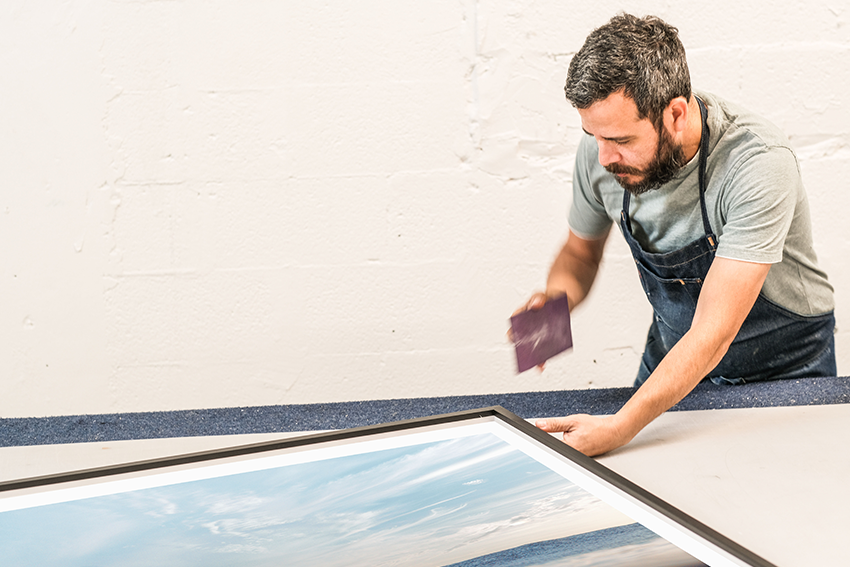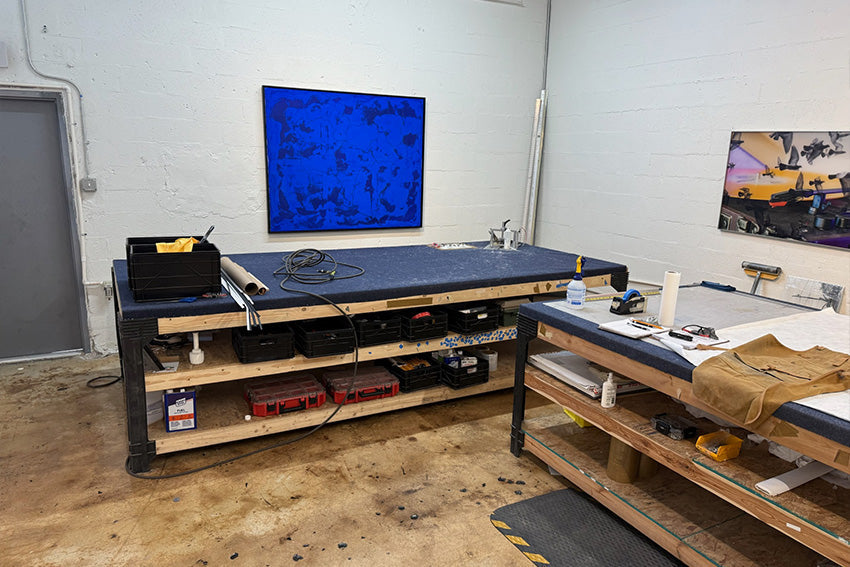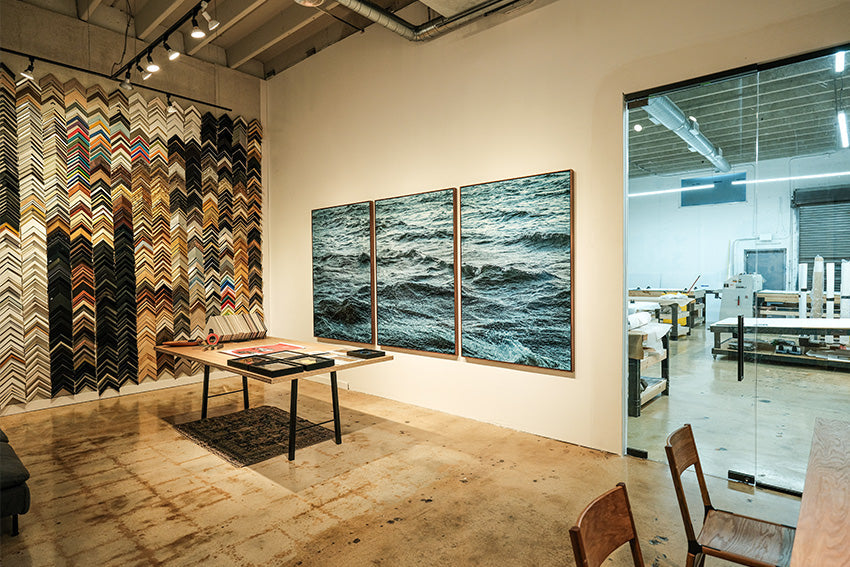Fine Art Printing in Miami: How to Choose the Right Paper

When it comes to fine art printing, the quality of the paper is just as important as the quality of the printer. Artists, photographers, and collectors often ask us: Which paper is best for my artwork? The truth is, the paper you choose can completely transform how your work looks and feels.
At The Color House Miami, we’ve been guiding creatives through paper selection for decades. With hundreds of options available, it’s easy to feel overwhelmed — but once you understand the differences in texture, weight, and finish, choosing becomes a creative decision rather than a technical one.
The Role of Paper in Fine Art Printing
Paper isn’t just a surface; it’s part of the art itself. It influences:
- Color Accuracy: The way ink interacts with paper changes how tones appear.
- Texture & Feel: Smooth or textured surfaces impact both the look and tactile experience.
- Longevity: Archival-quality papers ensure prints last for generations.
- Presentation: The right paper enhances your artwork, making it gallery- or collector-ready.
Types of Fine Art Papers
1. Cotton Rag Papers
- Often called museum rag, these papers are made from 100% cotton.
- Look: Smooth or lightly textured, matte finish.
- Best For: Photography, digital illustrations, and detailed works needing subtle tonal gradations.
Why Artists Love It: Exceptional color accuracy and archival durability.
2. Textured Watercolor Papers
- Designed to replicate traditional watercolor surfaces.
- Look: Visible tooth and texture that adds dimension.
- Best For: Reproductions of paintings, mixed-media works, or pieces with bold brushstrokes.
Why Artists Love It: Adds depth and tactile quality to reproductions.
3. Glossy & Satin Papers
Coated papers that amplify vibrancy.
- Look: High contrast, reflective or semi-reflective finish.
- Best For: Photography, especially landscapes or works with high color saturation.
- Why Artists Love It: Makes images pop with brilliant highlights.
4. Matte Papers
Uncoated, smooth finish with no glare.
- Look: Soft, subdued tones, ideal for muted palettes.
- Best For: Fine art prints where subtlety is key.
- Why Artists Love It: Offers elegance without distraction.
5. Canvas
Technically not paper, but a popular fine art printing substrate.
- Look: Fabric texture, stretchable for frameless presentation.
- Best For: Large-scale works, reproductions of paintings, or modern displays.
- Why Artists Love It: Durable, versatile, and ready-to-hang.
Key Factors When Choosing Paper
1. The Artwork’s Style
- Photographers often prefer smooth cotton rag for sharpness.
- Painters gravitate toward textured watercolor papers.
2. Intended Use
- Limited editions demand archival papers.
- Interior design projects may favor glossy or satin for impact.
3. Longevity
Always choose acid-free, archival-certified papers to ensure your prints remain vibrant for decades.
4. Display Environment
- Bright rooms → consider UV-coated papers.
- Humid climates (like Miami) → canvas with protective coating is ideal.
Paper Brands Trusted by Professionals
At The Color House, we use only the most respected fine art paper brands:
- Hahnemühle: 400+ years of German craftsmanship, known for luxurious textures.
- Canson Infinity: French heritage paper offering diverse textures and tones.
- Epson Fine Art Papers: Reliable color consistency, especially for high-resolution prints.
These brands meet museum standards, giving artists and collectors confidence in every print.
Giclée Printing and Paper: A Perfect Match
Giclée printing (link to Blog #1) pairs perfectly with archival papers. The precision of pigment-based inks combined with the right paper ensures maximum fidelity. For example:
- A black-and-white photograph on smooth cotton rag captures every shadow detail.
- A vibrant oil painting reproduction on textured watercolor paper maintains painterly depth.
The Consultation Process at The Color House Miami
Choosing paper doesn’t have to be overwhelming. Our process includes:
- File Review or Artwork Scan – Ensuring your image is optimized.
- Paper Samples – Hands-on comparison of textures and finishes.
- Test Proofing – Small-scale prints for color accuracy checks.
- Final Run – Large-format, giclée-quality prints on your chosen substrate.
Real-World Applications
- Artists Preparing Limited Editions: Use cotton rag for archival consistency.
- Photographers Creating Exhibitions: Select glossy for punch or matte for subtlety.
- Interior Designers: Choose canvas for frameless, modern installations.
- Families Preserving Memories: Opt for archival matte or satin for longevity.
FAQs About Fine Art Printing Papers
Q: Which paper lasts the longest?
A: 100% cotton rag and archival watercolor papers have the highest longevity.
Q: Can I see paper samples before printing?
A: Absolutely — at The Color House Miami, we provide samples during consultations.
Q: Can glossy paper still be archival?
A: Yes, many coated papers are archival when acid-free and combined with pigment inks.
Why The Color House Miami Is the Right Choice
With over 50 years in the business, we bring deep expertise to every print. Our team helps artists, designers, and collectors not only choose the right paper but also achieve museum-quality results through expert calibration, giclée printing, and optional conservation framing.
Fine art printing isn’t just about reproducing an image — it’s about creating a piece that resonates as deeply as the original. The paper you choose shapes that experience.
At The Color House Miami, we don’t just print on paper — we elevate your vision with materials worthy of your art.
Ready to print your artwork on the perfect paper? Contact us today for a consultation.



